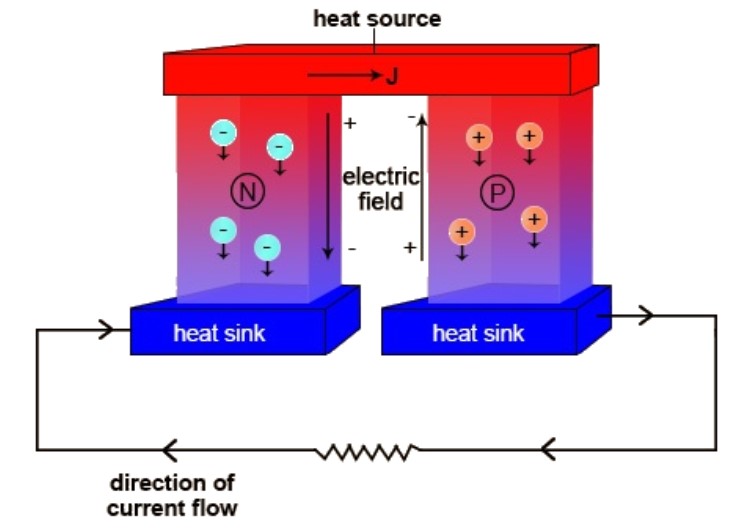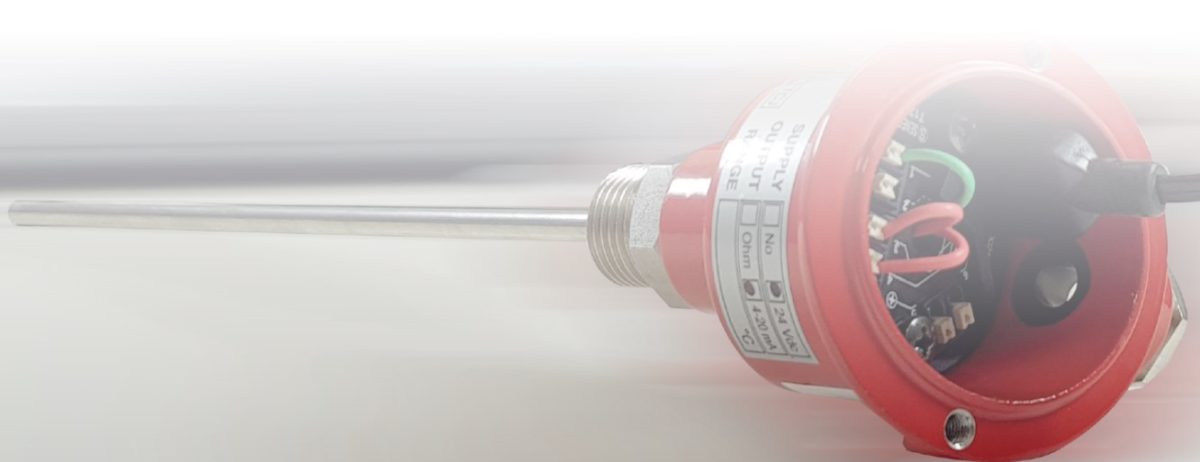 https://blog.seneca.it/wp-content/uploads/2020/04/Indoor-Outdoor-Thermometers.jpg
https://blog.seneca.it/wp-content/uploads/2020/04/Indoor-Outdoor-Thermometers.jpg
In industry context, temperature is one of the most frequently measured physical quantities. Some critical parameters such as the speed and response time of a process, the consumption of raw materials, the characteristics of a product, the performance or quality of a process depend on the accuracy and frequency with which the temperature is measured. Temperature affects many other factors such as the efficiency and energy consumption of a process, the optimization of resources, the life of plant and machinery. In many industrial applications there is a need to use a wide range of temperature monitoring, control and regulation equipment with requirements for reliability, accuracy and repeatability.
The SENECA proposal for temperature control includes a wide range of reliable instruments, with very high precision and linearity, for the direct management of thermocouples (type J,K,R,S,T,B,E,N), resistance thermometers (Pt100, Pt1000, Pt500, Ni100), thermistors, resistors such as converters, data acquisition modules, data loggers, transmitters, indicators, probes.
Thermocouples and thermoresistances are however the most used temperature sensors in the industrial field, let’s see their main features.
| Strengths | Applications | |
| Thermocouple (TC) | Affordability Extended measuring range Wide choice Robustness Speed | Oil&Gas Refineries Chemical Industry Steelworks and Foundries Electromotor test |
| Thermoresistance (RTD) | Sensitivity Stability Accuracy Linearity | Pharmaceutical Biotechnology Food & Beverage Plastics |
Thermocouples
Thermocouples are among the most widely used temperature sensors because they are economical, easily replaceable, standardized and suitable for measuring a wide temperature range. Their main limitation is accuracy, as they are difficult to obtain systematic errors of less than one degree centigrade. In addition, thermocouples are non-linear devices. The working principle of the thermocouple was discovered in 1821 by Thomas Johann Seebeck. The Estonian scientist discovered that in a circuit formed by two conductors of different nature, subjected to a temperature gradient, a potential difference is established. It is this phenomenon, called the Seebeck effect, that is exploited by thermocouples.

Various types of metals (Nickel, Chrome, Iron, Copper, Platinum, Tungsten, Silicon, Aluminium, Rhenium) can be used to make a thermocouple, but at professional and industrial level the choice of metals is linked to consolidated standards and norms (IEC EN 60584-1, ITS90), which allow to predict the voltages generated by thermocouples and to operate with wide temperature ranges. Unfortunately it is not possible to connect a voltmeter to the thermocouple to measure the voltage, because this contact would inevitably generate another spurious junction. In order to make accurate measurements this effect must be compensated using a specific technique called CJC (Cold Junction Compensation). This technique is based on the principle that a third metal inserted between the two unequal metals of a thermocouple junction does not cause any effect, as long as the two junctions are at the same temperature (law of intermediate metals).
A wide variety of probes are available on the market for the most diverse industrial, scientific, food, medical, etc. uses. When choosing thermocouples it is good to make sure that the connector is compatible with the measuring instrument. It is also necessary to consider the temperature values to be measured, the insulation and the construction characteristics of the probe. All these factors affect the accuracy and reliability of the readings.
| Thermocouple Type | Materials | Temperature Range |
| B | Platinum 30%, Rhodium/ Platinum 6% Rhodium | 20..1820°C |
| E | Nickel Chrome / Costantan | -270..+910°C |
| J | Iron / Costantan | -210..+1200°C |
| K | Nickel Chrome/ Nickel Aluminium | -270..+1370°C |
| N | Nickel, Chrome, Silicon / Nickel Silicon | -270..+1300°C |
| R | Platinum 13%, Rhodium | -50..+1760°C |
| S | Platinum 10%, Rhodium / Platinum | -50..+1760°C |
| T | Copper, Costantan | -270..+400°C |
Thermoresistances
Together with thermocouples, resistance thermometers or RTDs (Resistance Temperature Detectors) are the most common temperature sensors. The resistance thermometer is a transducer that exploits the variation of metal resistivity as a function of temperature. The resistance thermometer is made up of resistive elements characterized by a positive resistivity temperature coefficient of modest value.
Thermoresistances are made of non-inductive metal materials such as platinum, nickel, copper, etc.. The correlation between resistance and temperature is represented by a mathematical polynomial of higher order. In the case of platinum the equation used is that of Callendar-Van Dusen (corrected according to the IPTS 68 measurement scale):
R = R0 [1 + At + Bt2 + C ( t-100) t3],
where A, B and C are constants dependent on the properties of the platinum used to make the sensor and R0 is the value of the resistance at a temperature of 0 °C (equal to 100 Ω and 1000 Ω in the case of platinum resistors named Pt100 and Pt1000 respectively). Platinum resistance thermometers guarantee superior performance in terms of accuracy, linearity of response, duration over time, measuring range. There are two categories of platinum resistance thermometers: thin film and wire wound. Film resistance thermometers are made by laying a very thin layer of platinum under vacuum on a ceramic substrate of a few square millimeters. Wirewound elements consist of a length of thin platinum wire wrapped around a ceramic or glass core.
Since resistance thermometers belong to the category of contact thermometers, it is necessary to adapt the protective armatures to the purpose of use and installation conditions. There are different types of resistance thermometers on the market, which are generally quite resistant to corrosive agents. They can measure temperatures over a wide temperature range (even if lower than that of thermocouples) and above all they have an excellent linearity. The main limits of RTD sensors are the low sensitivity, the sometimes high cost, the impossibility to be used for point measurements, the influence of contact resistors, shock and acceleration sensitivity.
